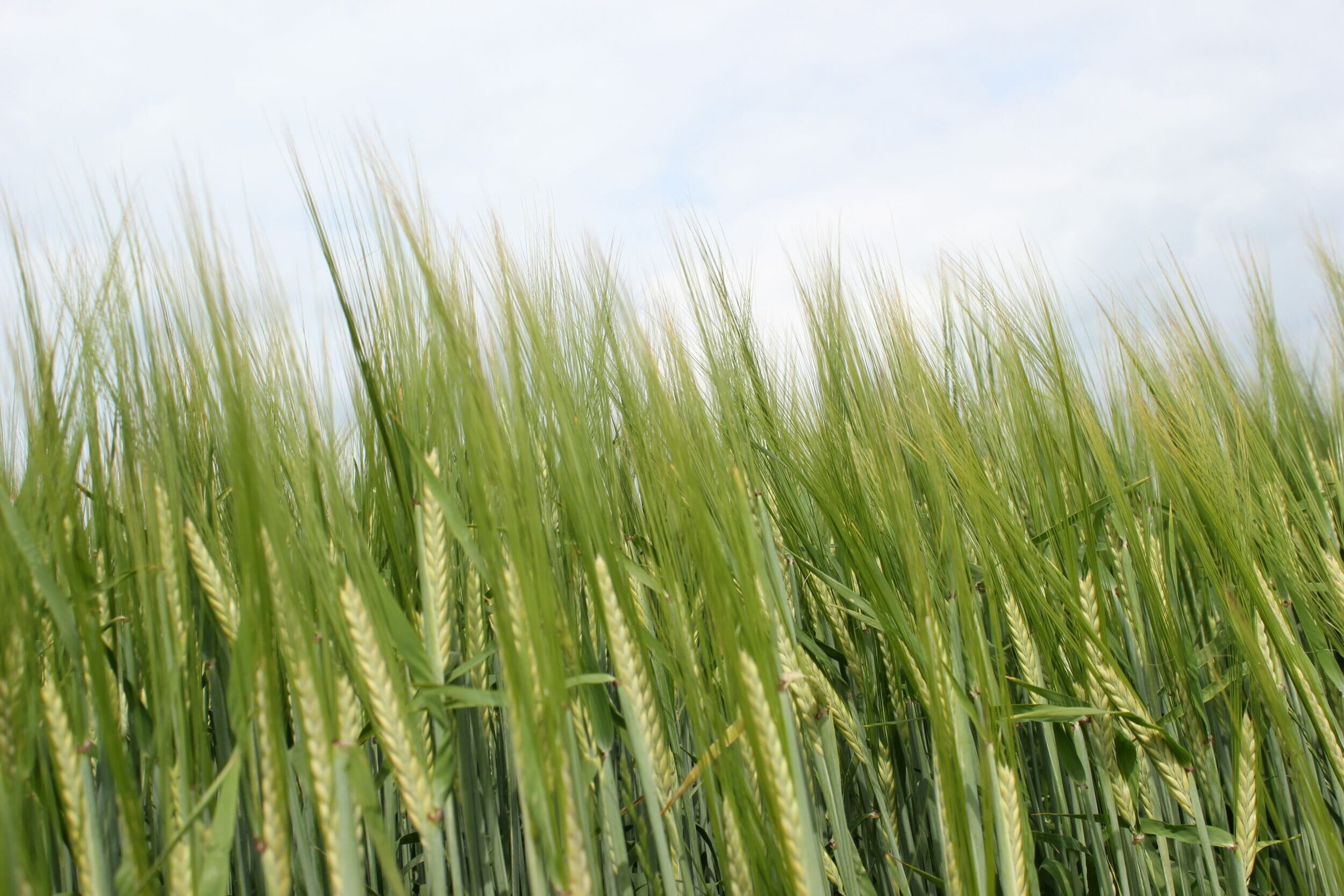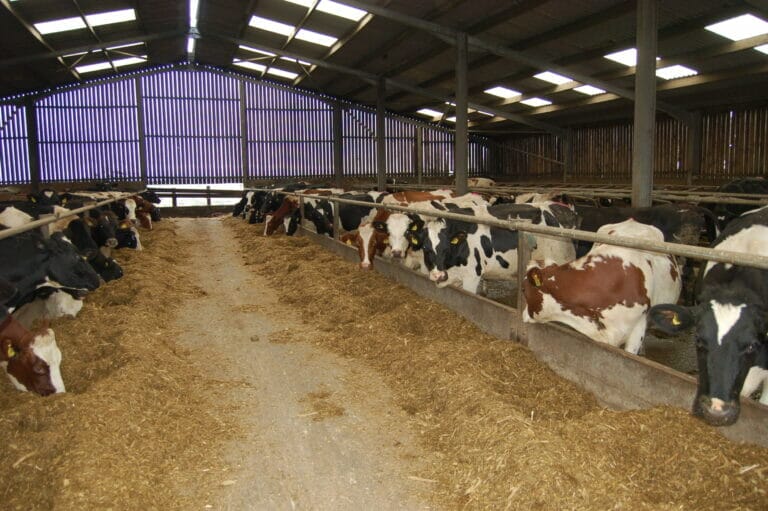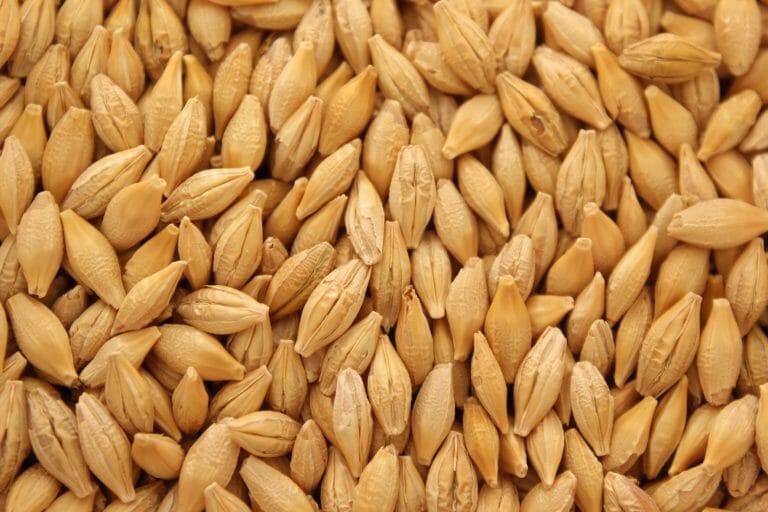
The third year of growing LG Diablo was certainly one to remember for Yorkshire farmer Paul Rogers, after the variety revealed its true yield potential on his 182 ha (450-acre) farm near Ripon.
Some 25 ha (60 acres) averaged 10 t/ha (4 t/acre) sold weight at 15.5% moisture, with one field hitting an impressive 10.6 t/ha (4.3 t/acre). Furthermore, all crops achieved the full malting specification required by grain buyer Saxon Agriculture, coming in at 1.51% nitrogen and an average specific weight of 68 kg/hl.
“I’ve never seen anything like it. The barley was rolling off the combine like a crop of first wheat. It was phenomenal!”
Mr Rogers acknowledges the highest yields did come from the farm’s best “good bodied” land, that did not drought off in the dry season, but even so, he would have still only expected yields of nearer 7.5 t/ha (3 t/acre).
“Even another 25-acre block of drought-hit sandy land still managed to do 7.2 t/ha (2.9 t/acre), which was tremendous for a field that droughted-off.
“I don’t know exactly where the big yield came from, because we didn’t do a lot different to the year before, apart from getting crops in earlier, around mid-March instead of early April. It was just an earlier spring; the soil conditions were correct for drilling.”
The LG Diablo established quickly, resulting in a dense plant stand that “looked like a carpet”, he notes. “The key was to keep it standing, which meant we did put on an extra growth regulator, in addition to Terpal (ethephon + mepiquat).”
Mr Rogers admits that while he may not be able to guarantee hitting such impressive yields every year, LG Diablo‘s performance in 2022 at least demonstrates what the variety is capable of on his farm and soil types, and he plans to put all of his spring barley area (around 30 ha) into LG Diablo again next spring.

Paul Rogers
Black-grass benefit
A key reason for growing spring barley on the farm is for its role in controlling black-grass and ryegrass, Mr Rogers says. “Both are becoming more of a problem, but I’ve found that if I can get thick coverage of spring barley, it does a tremendous job of smothering the black-grass, which we did see last season.”
He adopts a very traditional approach to establishing spring barley. Preceding stubbles are left to green-up after harvest, before land is ploughed in November, allowing bare soil to weather and breakdown naturally over winter. He then goes in with a power-harrow/ box drill combination, once ground is dry and warm enough in the spring, usually around early April.
“It normally doesn’t worry me drilling spring barley towards the middle of April, if that’s when conditions are right, so long as I can make sure it goes into moisture, and I can conserve that moisture in the seedbed.
“The important thing is to drill when conditions are right, not on a particular date. Last year [2022 harvest], we didn’t do a lot different to normal, apart from getting crops drilled slightly earlier because soil conditions allowed.”
Ploughing in November allows time to achieve a good flush of weeds in the autumn, which means no pre-emergence spray is needed in spring. “I don’t want anything knocking the crop, and pre-ems can sometimes hold barley back a bit. I prefer to wait until weeds have emerged after drilling, and then tackle what’s there. The spring barley itself is our grassweed control, so we only really need broadleaf chemistry.”
Granular phosphate and potassium fertiliser (0-20-30) is typically applied once the tramlines have been established, as is the nitrogen, with crops getting around 135 kg N/ha in total.
Manganese is a key nutrient for spring barley, and Mr Rogers generally includes it with both of the main fungicide applications, as well as sowing manganese-dressed seed. Last year’s fungicides were based on benzovindiflupyr applied in May, and fluxapyroxad + Mefentrifluconazole in June.
“LG Diablo is certainly a good variety that has performed well for us in all three years we’ve grown it, so I’ve no plans to grow anything else next year,” he concludes. “LG Diablo is ticking all the boxes for me at the moment.”
































